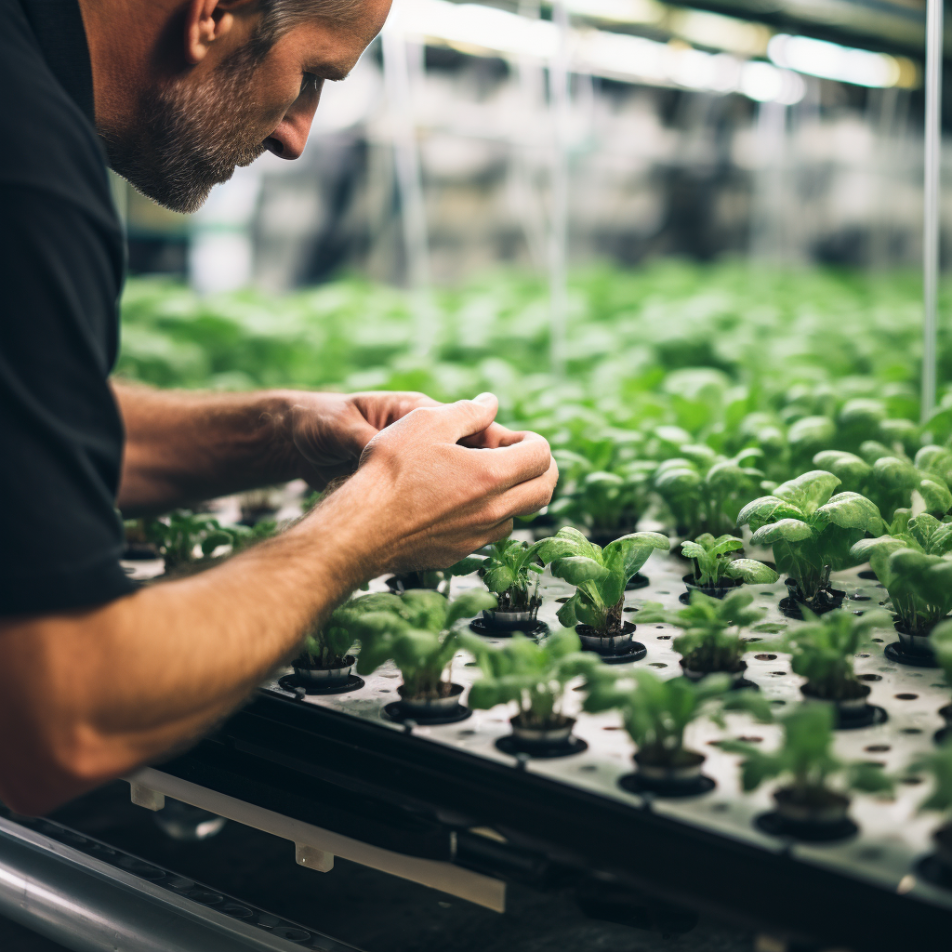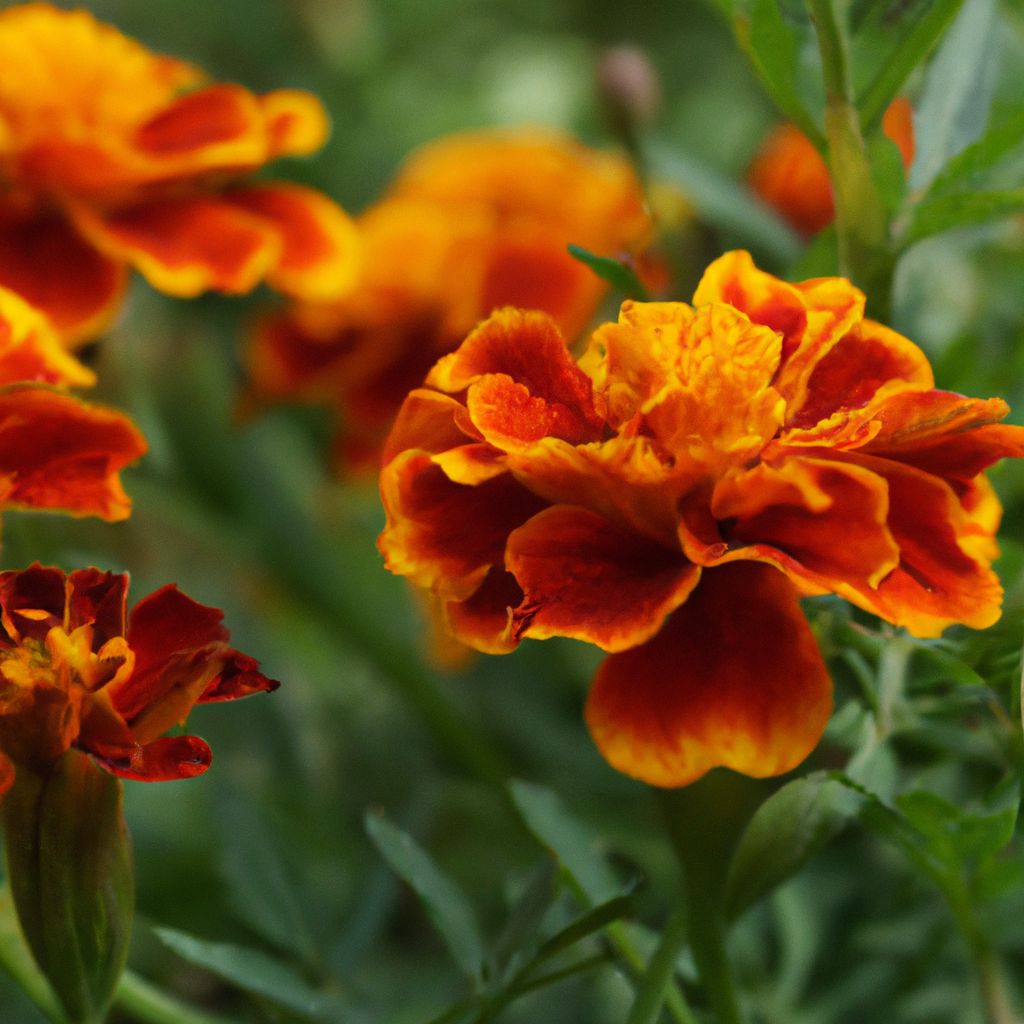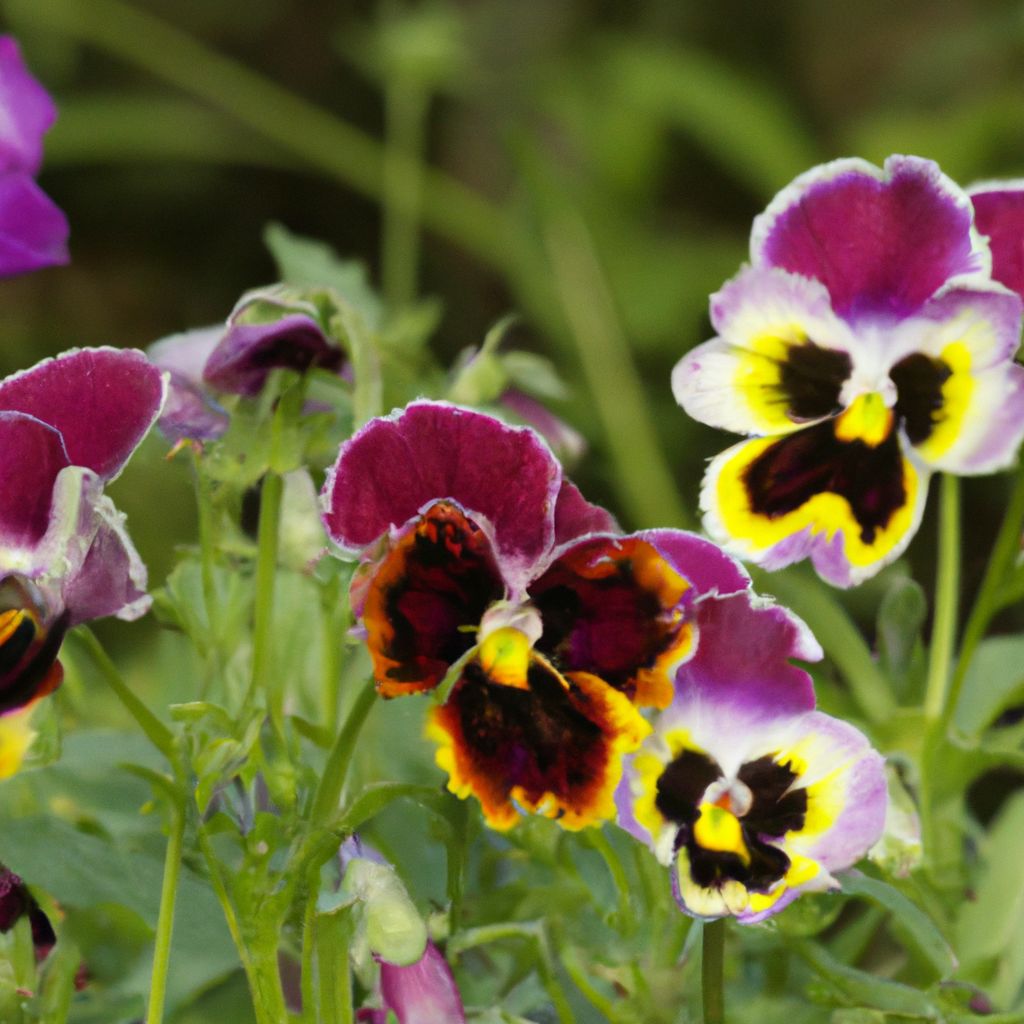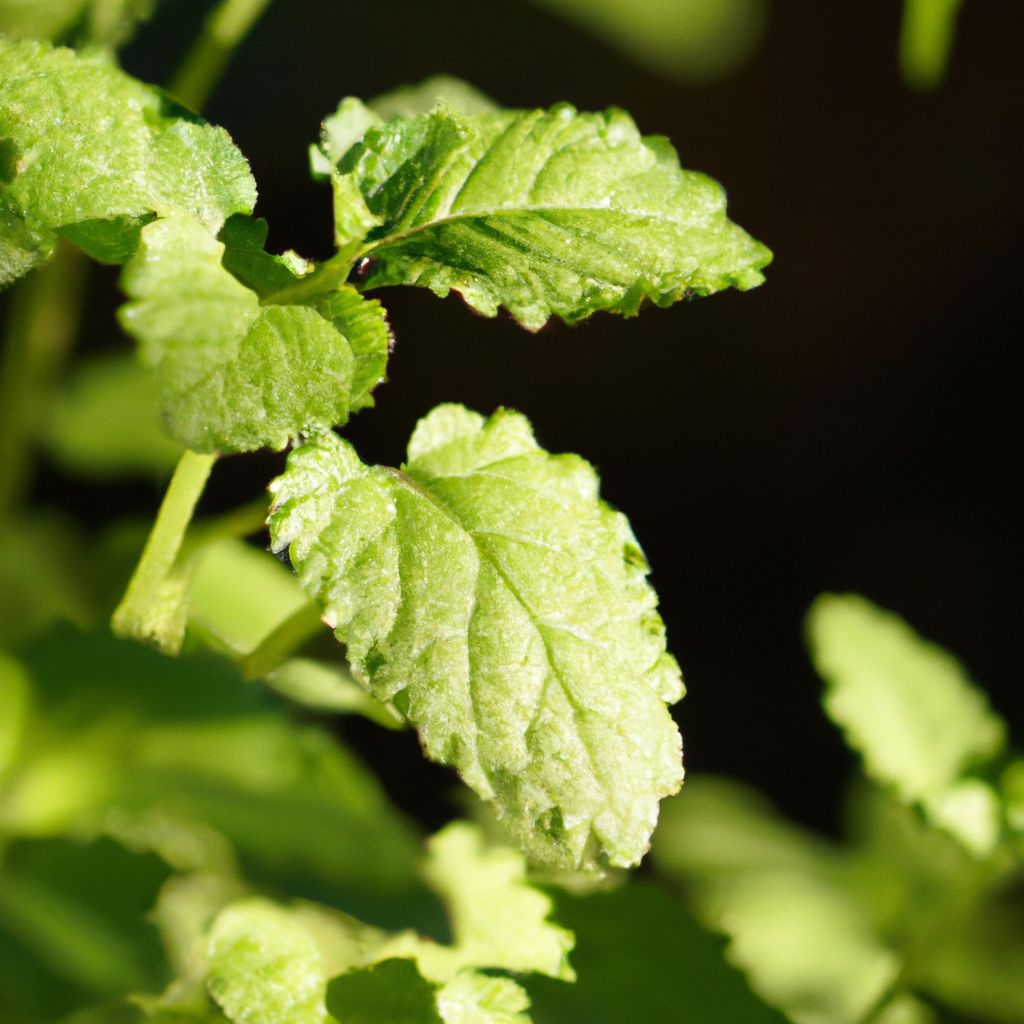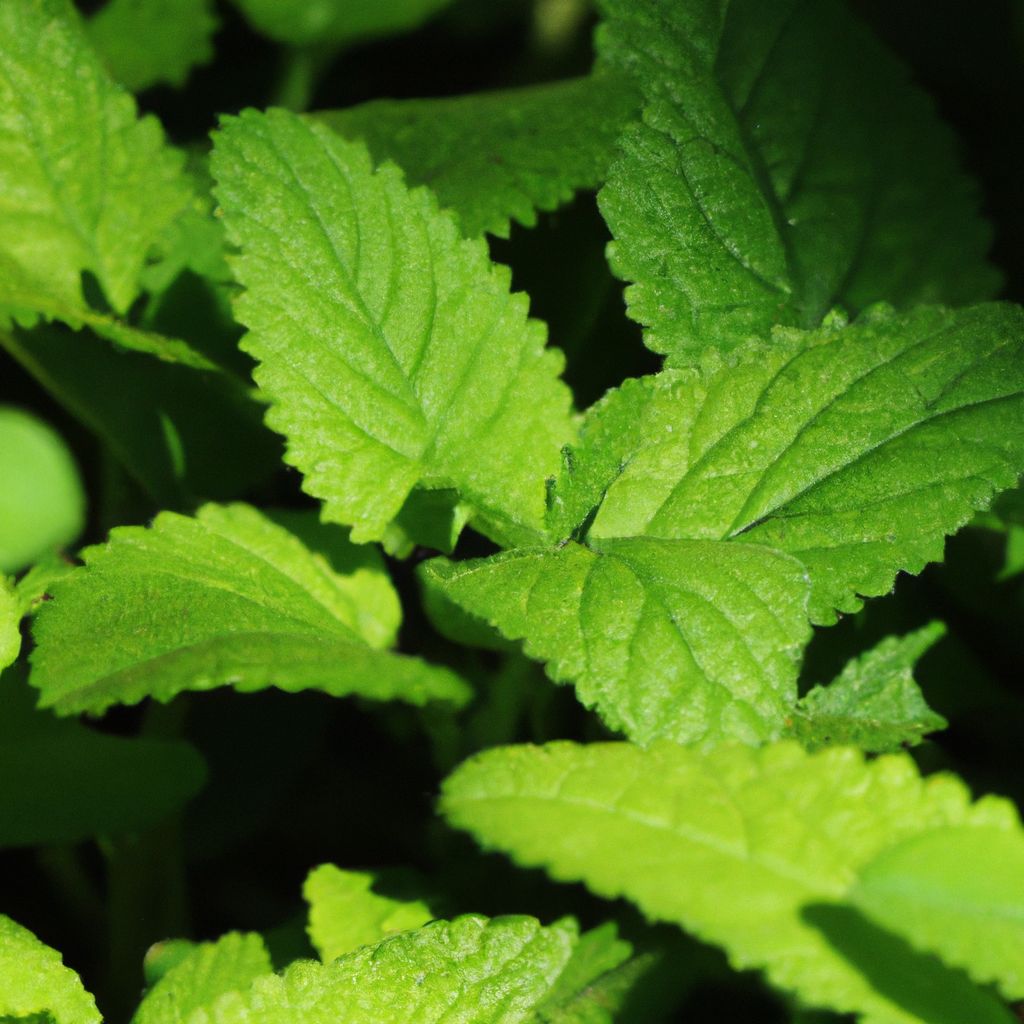Aeroponic gardening provides a unique, efficient and sustainable method for growing healthy plants without soil. In an aeroponic system, plant roots are suspended in the air and misted with a nutrient-rich solution to promote optimal growth. While aeroponics offers many benefits, these gardens require special care and maintenance for success. Properly caring for an aeroponic garden essential for it to thrive and produce abundant harvests.
This comprehensive guide explores the key aspects of caring for an aeroponic garden. We will cover crucial steps like setup, maintenance, troubleshooting issues, harvesting and storage. With the right knowledge, you can grow thriving, productive plants using aeroponic techniques.
Setting Up an Aeroponic System
Choosing the Right Location
Selecting an appropriate location is the first vital step in establishing an aeroponic garden. Consider the following key factors when choosing a spot:
- Access to adequate sunlight – Aeroponic plants require at least 6-8 hours of direct sunlight daily for proper photosynthesis. Select a spot with ample exposure to natural light.
- Protection from extreme weather – While aeroponic systems can handle some variations in temperature, humidity or wind, it’s best to avoid placing them in areas prone to weather extremes that could damage equipment or plants.
- Adequate space – Consider the size of your aeroponic setup and ensure there is enough room for plants to grow vertically without overcrowding. Account for future plant growth.
- Close proximity to electricity and water – Since aeroponics relies on a constant supply of water and electricity to power the system, choose a location near an electrical outlet and water source for convenience.
- Nearness to the kitchen – If you plan to use your aeroponic produce for cooking, situate the garden close to your kitchen for easy access when preparing meals.
Setting Up the System
Once you’ve selected an optimal spot, follow these key steps to set up an aeroponic system:
- Choose location – Designate an appropriate space for the aeroponic setup based on the factors above – mainly access to utilities, ventilation, and sufficient lighting.
- Set up reservoir – Fill the reservoir with fresh water and add the required hydroponic nutrients. This nutrient solution delivers key minerals.
- Install pump and misters – Connect the water pump to the reservoir. Position and attach the misting heads above the location where the plant roots will hang.
- Prepare growing medium – Place seedlings or cuttings in an appropriate medium like clay pellets, rockwool or coco coir to provide root support.
- Insert plants – Carefully place the plants into the aeroponic system, guiding the roots to make contact with the nutrient misters for proper absorption.
- Adjust timer – Set the timer for the nutrient misting cycles based on the specific needs of your plants. Some plants may require more frequent misting than others.
- Monitor and maintain – Continuously check the water level in the reservoir, adjust the pH and nutrient balance as needed, and inspect plants regularly for optimal health.
Maintaining the Aeroponic Garden
Caring for an aeroponic garden goes beyond initial setup. Ongoing maintenance is required for healthy plant development. Here are critical guidelines for sustaining optimal conditions:
Managing Nutrients
The nutrient solution is the lifeblood of an aeroponic system. Maintaining proper nutrient levels is crucial.
- Use a specialized solution – Select a high quality, balanced nutrient formula specifically designed for aeroponic gardening. General hydroponic formulas may not contain the right blend.
- Follow mixing directions – Carefully measure and mix nutrients according to the product directions. Inaccurate dilution rates can lead to concentrations that hinder growth.
- Monitor pH routinely – Use a pH meter to regularly test the pH of the nutrient reservoir. Maintain an ideal range between 5.5 – 6.5 to allow proper absorption.
- Check EC levels – Use an EC (electrical conductivity) meter to monitor overall nutrient concentration. Ensure levels align with the specific needs of your crops.
- Flush the system – Every 2-3 weeks, flush the aeroponic system with fresh pH balanced water to clear out any built-up salts and excess nutrients.
Regulating Lighting
Lighting is the energy source for plant growth. Catering to the specific lighting needs of your crops is vital.
- Research requirements – Determine the ideal light intensity and duration needed for the plants you are growing. Requirements can vary greatly between plant varieties.
- Position lights properly – Hang grow lights at the optimal distance from plants as specified by the manufacturer. Too far reduces intensity, too close can burn.
- Use photoperiod timers – Control light/dark cycles using timers. Most plants need 12-16 hours of light in the vegetative stage, 8-12 hours when flowering.
- Adjust as required – Observe plants closely and increase or reduce intensity or duration if they appear stressed. Signs include elongated stems or leaf color changes.
Controlling Climate
Regulating temperature, humidity and airflow prevents environmental stresses.
- Temperature – Maintain ideal temperatures between 70 – 75°F for healthy plant metabolism and growth. Use thermometers to monitor.
- Humidity – Preserve 50-60% humidity levels using humidifiers or dehumidifiers to create an optimal climate and discourage mold growth.
- Air circulation – Promote good airflow with fans and ventilation to prevent stagnant, humid conditions. Open windows or position oscillating fans.
Performing System Maintenance
Routine system maintenance preserves functionality and prevents deterioration.
- Clean components – Regularly clean pumps, tubing, misters and other components to remove mineral deposits and salt buildup that can impede functionality.
- Check tubing – Inspect tubing and nozzles for cracks or blockages. Replace damaged tubing and soak blocked nozzles in dilute acid solution to clear mineral clogs.
- Sanitize system – Periodically sanitize the entire system using hydrogen peroxide or other approved sanitizers to eliminate any pathogens.
- Replace nutrients – Completely replace nutrient reservoir water every 2-3 weeks and avoid topping off. Topping off causes concentrations to rise to potentially harmful levels over time.
Troubleshooting Aeroponic System Issues
When issues emerge, prompt troubleshooting and solutions are needed to restore plant health.

Correcting Nutrient Deficiencies
Identify and correct nutrient deficiencies based on visible symptoms:
| Deficiency | Symptoms | Solutions |
|---|---|---|
| Nitrogen | Stunted growth, yellowing leaves | Increase nitrogen levels |
| Phosphorus | Purpling leaves, weak roots | Boost phosphorus concentration |
| Potassium | Leaf edge yellowing/browning | Raise potassium levels |
| Calcium | Blossom end rot on fruit | Add calcium supplement |
| Magnesium | Interveinal leaf yellowing | Add magnesium sulfate |
Fixing pH Imbalances
- Monitor pH regularly and maintain the 5.5 – 6.5 target range using pH up/down solutions.
- Persistent fluctuations may indicate a need for system maintenance like cleaning or replacing old nutrient solution.
- Consider investing in an automated pH controller for continuous readings and adjustments.
Controlling Pests & Diseases
- Routinely inspect for common pests like aphids, mites, fungus gnats, thrips. Take action at first signs of infestation.
- Introduce beneficial predator insects like ladybugs or lacewings for natural control.
- Apply registered organic pest deterrents like neem oil or insecticidal soap.
- Promote air circulation and prune dense growth to discourage fungi and mildew.
- Immediately remove and destroy infected plant parts to prevent spreading.
- Sanitize the system between plant cycles using hydrogen peroxide.
Troubleshooting Equipment Failures
Possible causes and solutions for common equipment issues:
- Pump failures – Clean or replace impellers. Check and reset GFCI outlets. Replace damaged pumps.
- Blocked misters – Clean nozzles and tubing. Increase pump pressure. Replace damaged components.
- Leaking plumbing – Inspect and seal connections. Replace worn gaskets, fittings.
- Timer malfunctions – Replace batteries. Check electrical connections. Replace faulty timers.
- Water temperature spikes – Ensure ambient temperatures don’t exceed 85°F. Upgrade to a chiller.
Harvesting Aeroponic Produce
Once plants mature, it’s time to collect your homegrown bounty! Follow these best practices for harvesting.
- Selective picking – Harvest plants individually as they ripen. Allows younger plants to continue developing.
- Use clean tools – Sanitize harvesting tools with diluted bleach solution to prevent spreading diseases between plants.
- Gentle handling – Carefully trim and handle produce to avoid bruises, cuts or other damage during harvesting.
- Monitor ripeness – Harvest crops during their peak ripeness window for premium flavor and texture.
- Prompt cleaning – Immediately rinse harvested produce in cool water to remove debris and maximize shelf life.
- Strategic trimming – Trim away any unwanted stems, leaves or blemished areas for best presentation.
Storing Aeroponic Produce
Proper storage preserves freshness and locks in flavor from garden to table. Follow these guidelines:
- Clean thoroughly – Gently wash produce using cool water to eliminate dirt and residues. Avoid soap or harsh scrubbing.
- Dry completely – Pat harvests dry using clean paper towels. Eliminate any moisture that can shorten shelf life.
- Choose proper containers – Store in breathable containers like wood crates or mesh bags. Avoid sealing in moisture.
- Regulate temperatures – Chill sensitive crops like lettuces and herbs between 32 – 40°F. Allow ventilation in fridge.
- Inspect regularly – Check produce every few days and remove any items showing signs of decay to avoid spoiling the rest.
- Consider preservation – Extend storage life via techniques like blanching, fermenting, dehydrating or canning.
Additional Resources for Aeroponic Gardeners
Take your aeroponic gardening skills to the next level with these helpful resources:
Educational Books
- The Complete Guide to Aeroponics Hydroponics by Christopher Aziz
- Vertical Aeroponic Gardening by Json Green
- DIY Aeroponics: A Beginner’s Guide by John Davidson
Online Forums and Communities
- AeroGardeners Forum – active community discussing home aeroponic gardens
- Hydroponics Forum – aeroponics discussions among hydroponic gardeners
- Reddit r/aeroponics – Reddit forum for aeroponic gardeners
Informative Websites
- MaximumYield – articles and tutorials on aeroponics
- EpicGardening – aeroponic gardening guides
- Hydroponics Space – aeroponic training programs
Local Workshops
- Check garden centers, hydroponic stores, community colleges, or Facebook groups for in-person aeroponic gardening workshops in your area.
- Hands-on training opportunities to enhance your skills and troubleshoot problems.
With the proper ongoing care, an aeroponic garden can produce abundant, healthy and flavorful harvests. Pay close attention to lighting, nutrients, climate control, pest prevention and harvesting techniques for maximum success and enjoyment. While aeroponic systems require diligent maintenance, the rewards of fresh homegrown produce make it well worth the effort. Follow these comprehensive guidelines and your green thumb will reap the benefits for many seasons to come!











































